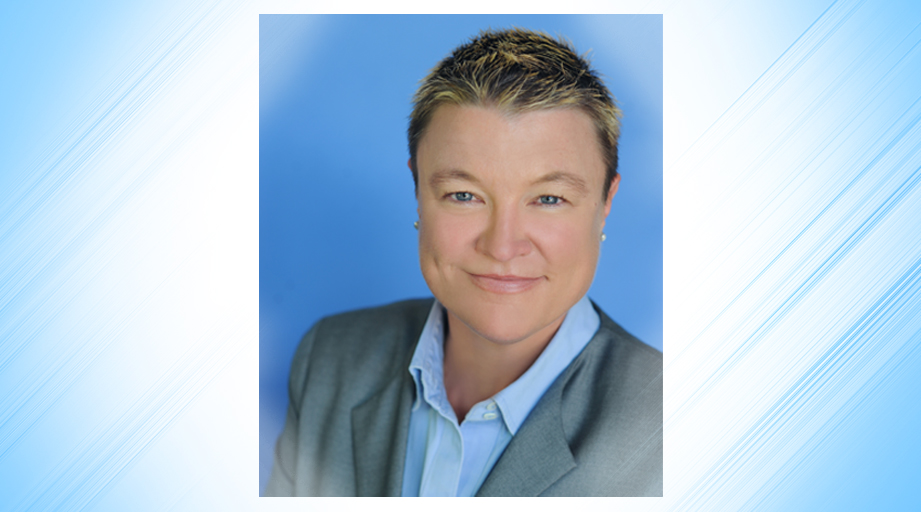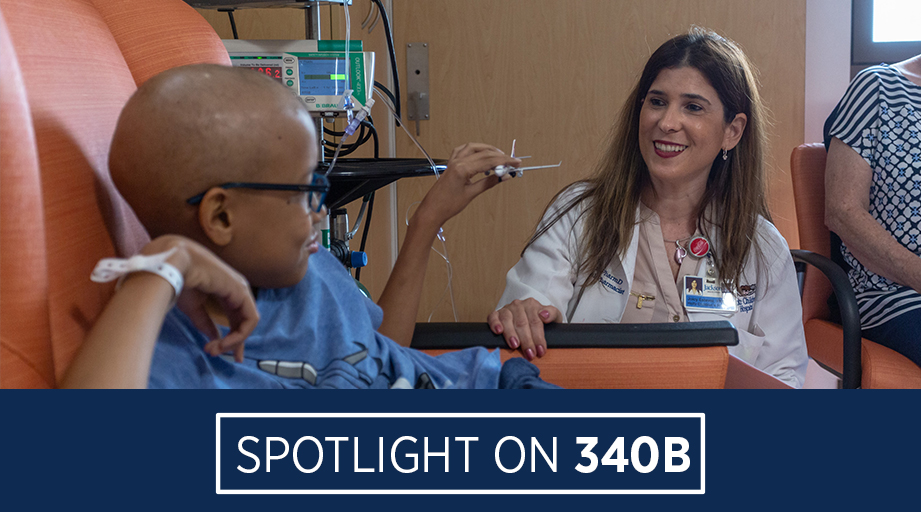
At Blanchfield Army Community Hospital (BACH) in Fort Campbell, Ky., some patients who suffer from pain are turning to their primary care pharmacists for an unusual therapy known as battlefield acupuncture (BFA).
According to the Defense and Veterans Center for Integrative Pain Management (DVCIPM), BFA was developed in 2001 by an Air Force physician for use by clinicians who care for military personnel and veterans.
DVCIPM stated its hopes that the therapy, which consists of five tiny needles placed in specific points on the ear, can be “a primary or secondary modality to reduce the use of opioids and habit forming drugs.”
More than 2,800 clinicians were trained in BFA through a 3-year DVCIPM–Veterans Health Administration pilot program, according to DVCIPM, which is part of the Department of Defense.
Jennifer L. Evans, course director and Clinical Pharmacy Coordinator at Kimbrough Ambulatory Care Center in Fort Meade, Md., said about 65 pharmacists were trained in BFA during four sessions held at Fort Sam Houston, Texas, in 2017 and 2018. She said additional pharmacists have been trained in BFA through other military venues.
Nick Patterson, clinical pharmacist at BACH, said the Army has been very enthusiastic in recent years about expanding the use of BFA in primary care clinics.
But he said BACH’s clinics lost the ability to provide the service after BFA-trained active duty personnel were transferred elsewhere.
“In a military setting, everybody is kind of a nomad. They’re here for a year or two, maybe three, and then they’re gone,” he explained.
Patterson, a civilian pharmacist, attended a July 2017 training session and began offering BFA to primary care patients soon after his site credentialed him to provide the service.
He said that after he gave a presentation about BFA to primary care providers, “they started sending people at a high rate.”
Nowadays, Patterson said, BFA from a pharmacist is a daily occurrence in BACH’s clinics, with most of the procedures performed by two of his pharmacists who have been trained in the technique.
“I really think anybody can learn to do it,” he said. “As long as you have a steady hand, it’s not hard.”
He said BFA uses small “studs” instead of traditional, long acupuncture needles. The studs come in a plastic device for easy insertion and remain in place for 3–5 days before falling out.
Patterson likened BFA to using a broad-spectrum antimicrobial. Rather than determining which of the five sites associated with pain relief work for the patient and targeting just those, the needles are applied to all five sites during the visit.
He said BFA, when it works, generally reduces but doesn’t eliminate pain. But he said each BFA clinic visit is an opportunity for pharmacists to engage patients about pain management and ask if they are doing their therapy physical therapy exercises and trying other nonpharmacologic methods of pain relief.
“It opens the door to that conversation and education ... and shows you as a competent professional,” he said.
Patterson some patients are “big believers” in BFA, while others consider it “witch-doctor-magic-type stuff.”
He said he was initially in the latter camp. But when he underwent BFA during his own training, the procedure seemed to help relieve discomfort in his neck.
“We don’t know how it works, but we do know it is effective for some patients,” Patterson said. “If patients think it’s going to work, it usually works pretty effectively. ... But if they don’t believe it’s going to work, it still can.”
Anecdotally, he said, he knows of a patient who has a herniated cervical disc and neuropathy in the hands and has found pain relief with BFA after unsuccessfully trying topiramate and gabapentin. Another patient calls for a BFA appointment every two to three months and no longer seeks treatment from her pain management clinic.
Patterson said most patients who try BFA initially come in once a week.
“We want to make sure they’re not going to have any side effects,” such as lightheadedness, he said. If the patient tolerates the procedure, the treatment intervals are extended to every two weeks and then for longer periods, depending on the patient’s response.
He said some people have an entertaining reaction to BFA—they get “the giggles,” which he speculated might be a response to the release of endorphins.
Patterson said there’s a lot of potential for pharmacists in the general community to offer BFA, especially for patients in rural areas who don’t have access to a pain management clinic.
“I think this a great place for pharmacists to jump up there and work at the highest level of their license—and to get outside of their comfort zone,” he said. “They could do it in a consultation room. Patients could be managed, and they’re out the door ... in 15, 20 minutes.”
[This news story appears in the January 1, 2019, issue of AJHP.]









